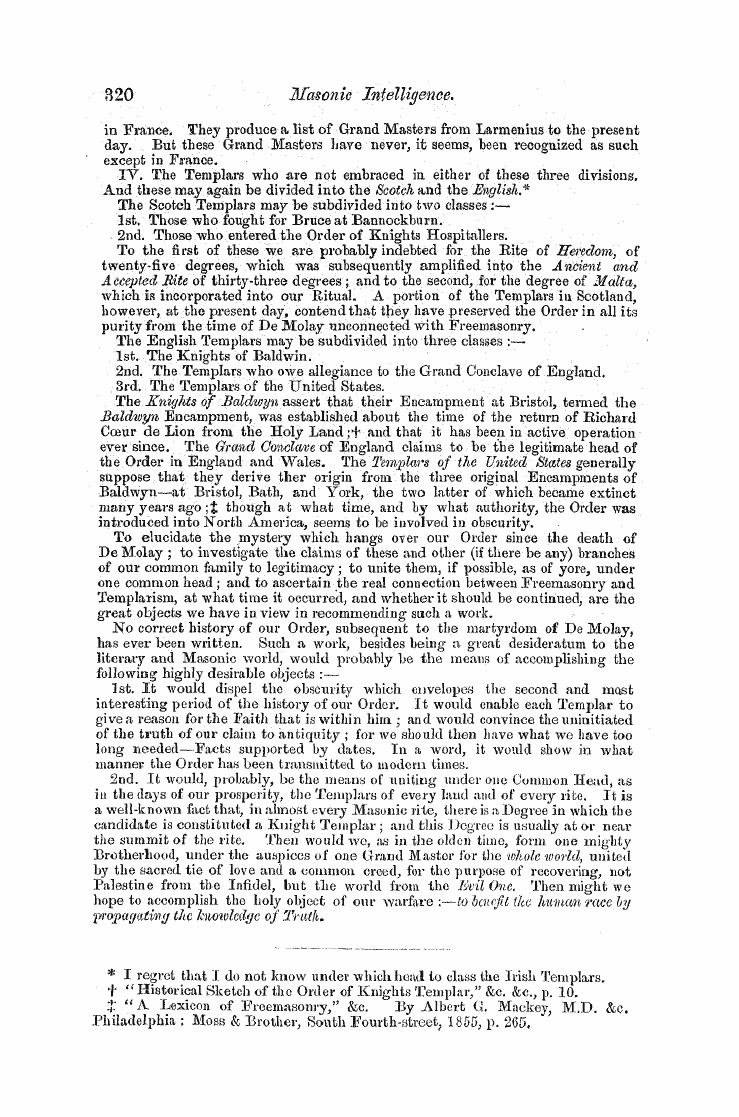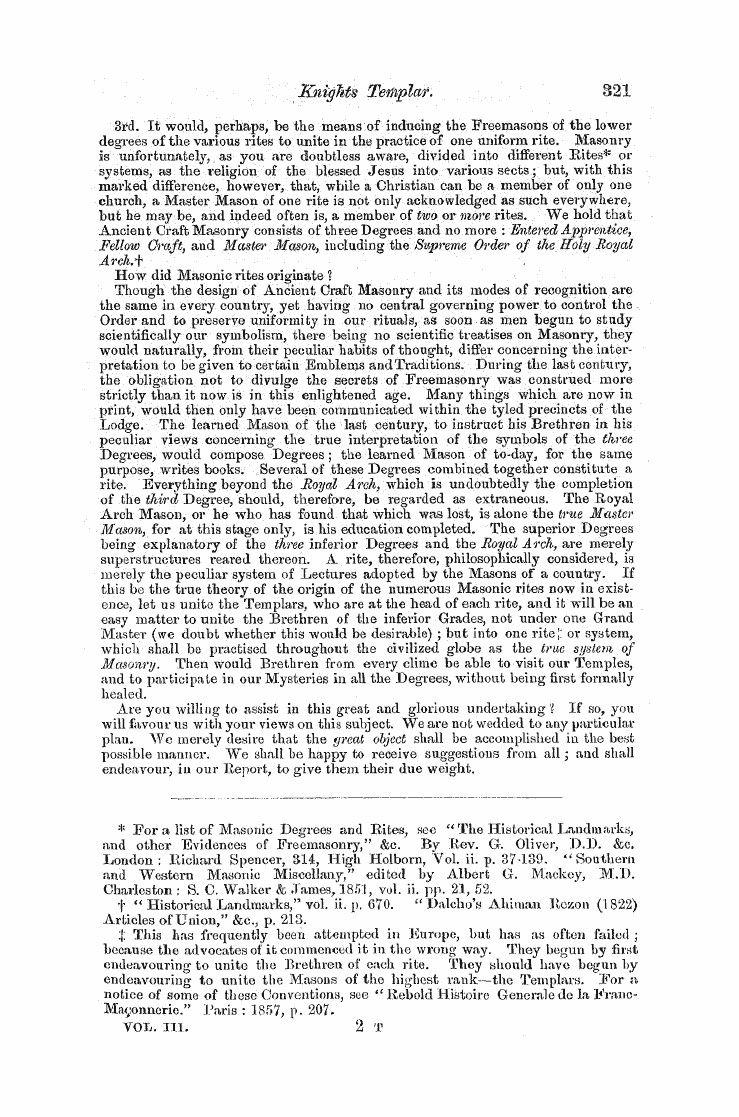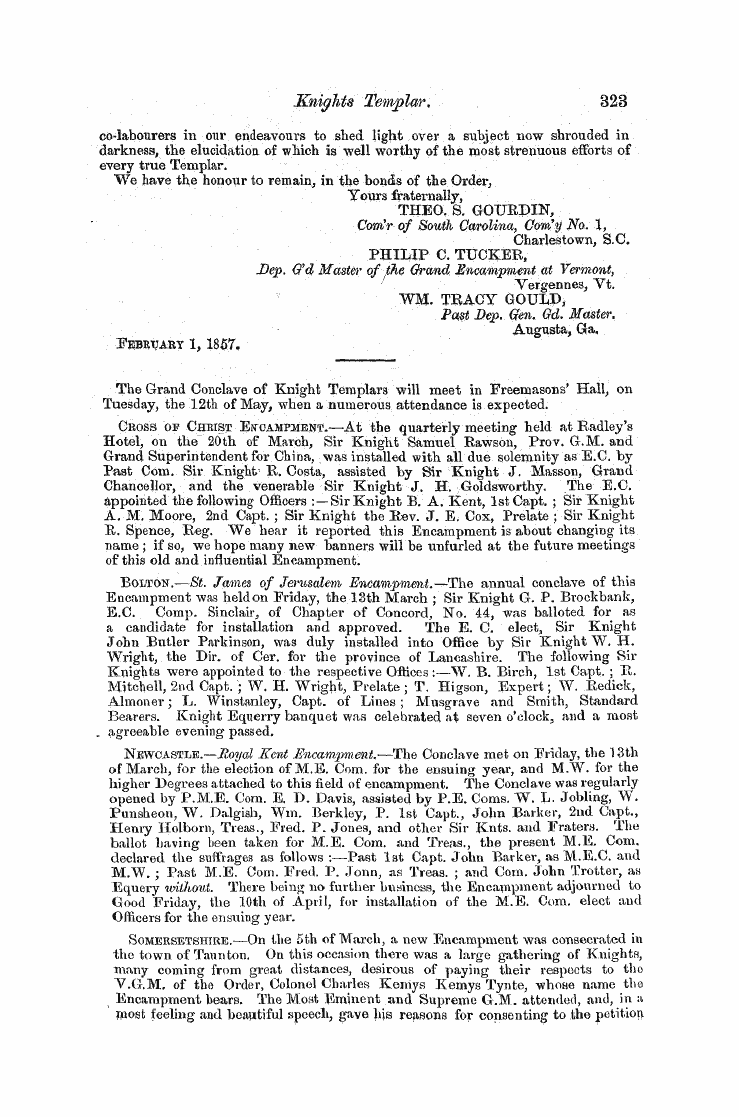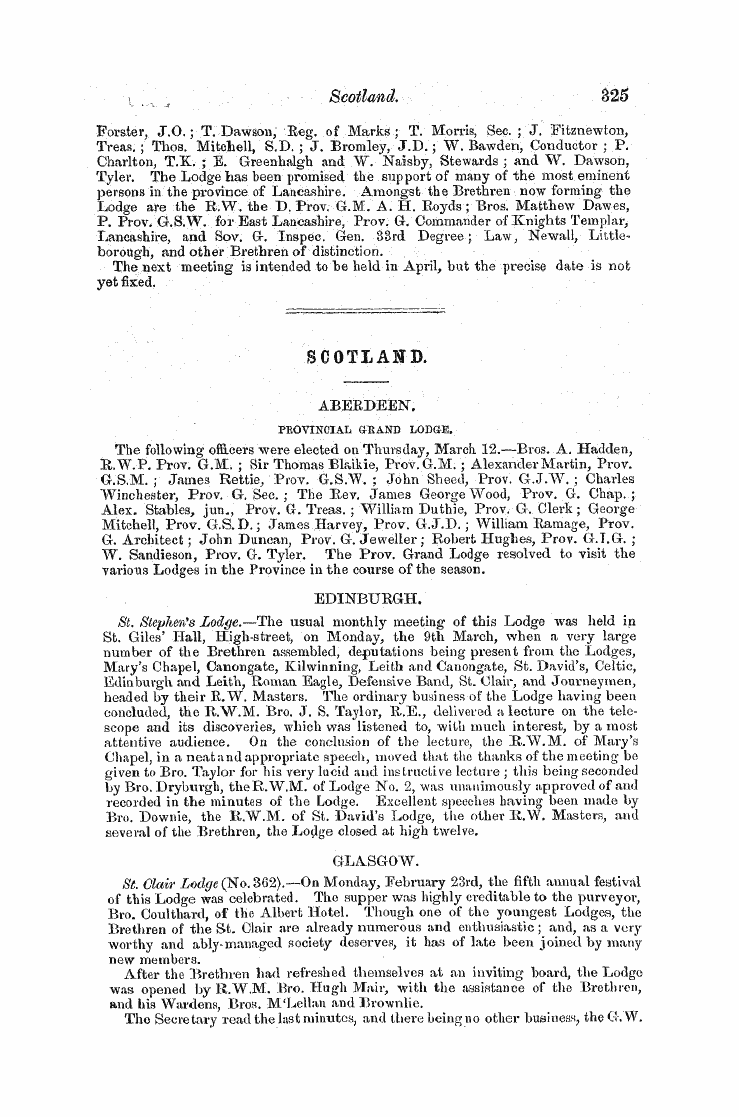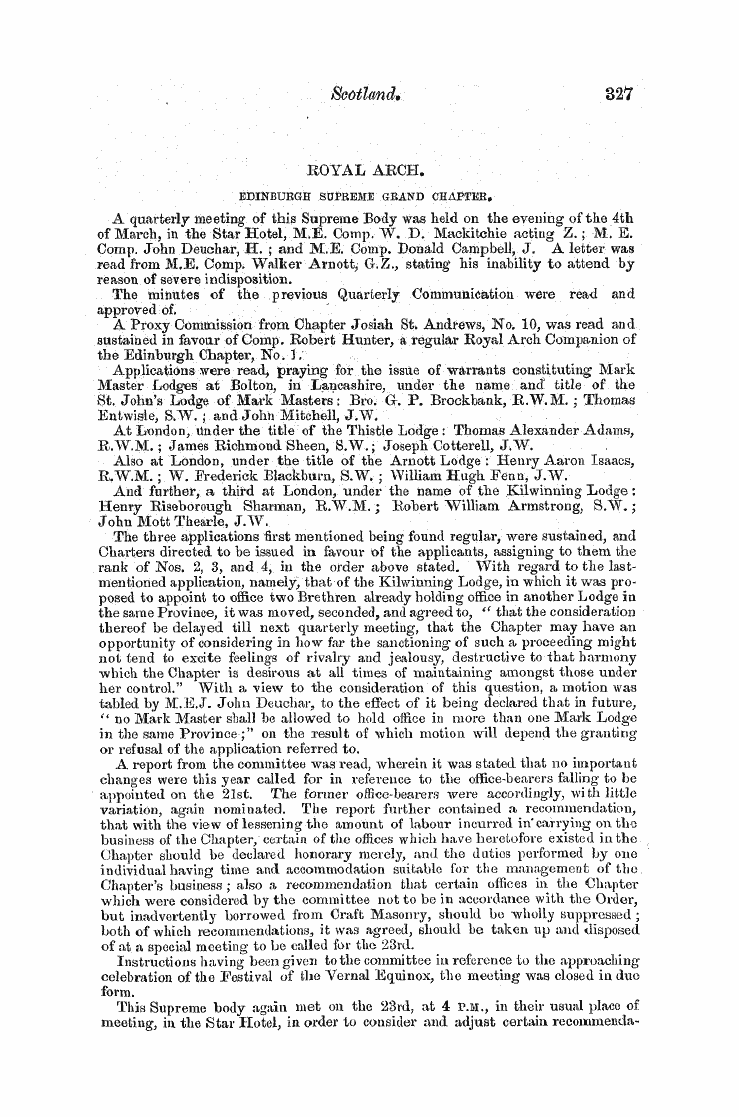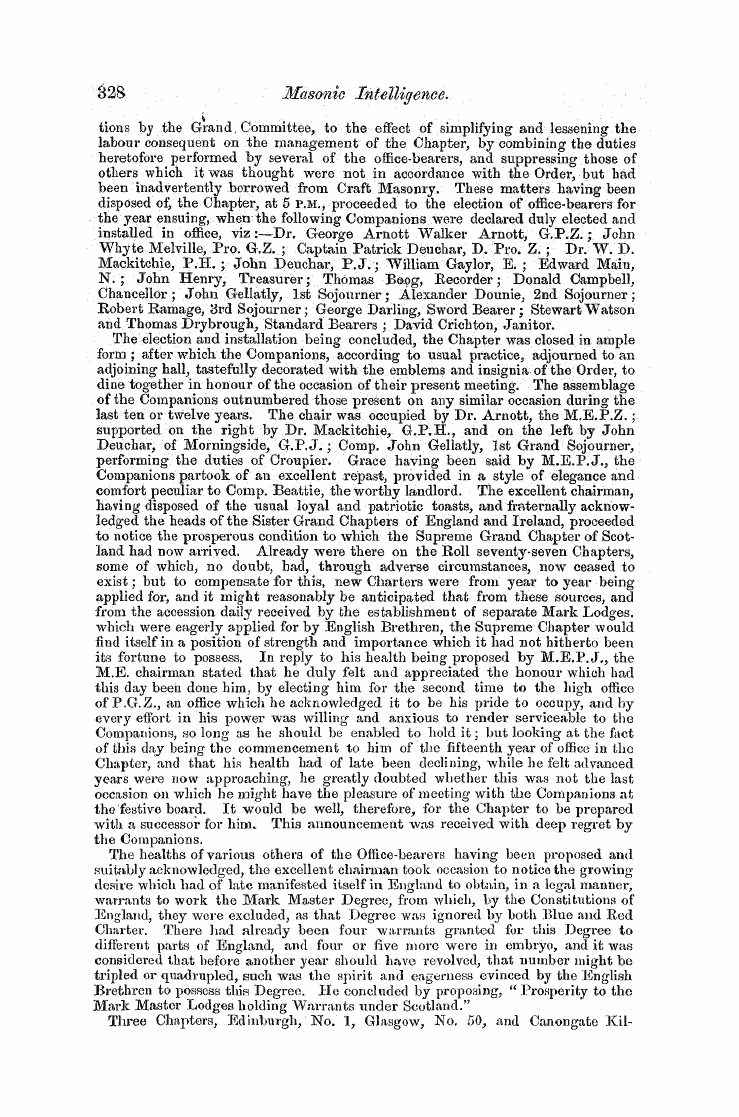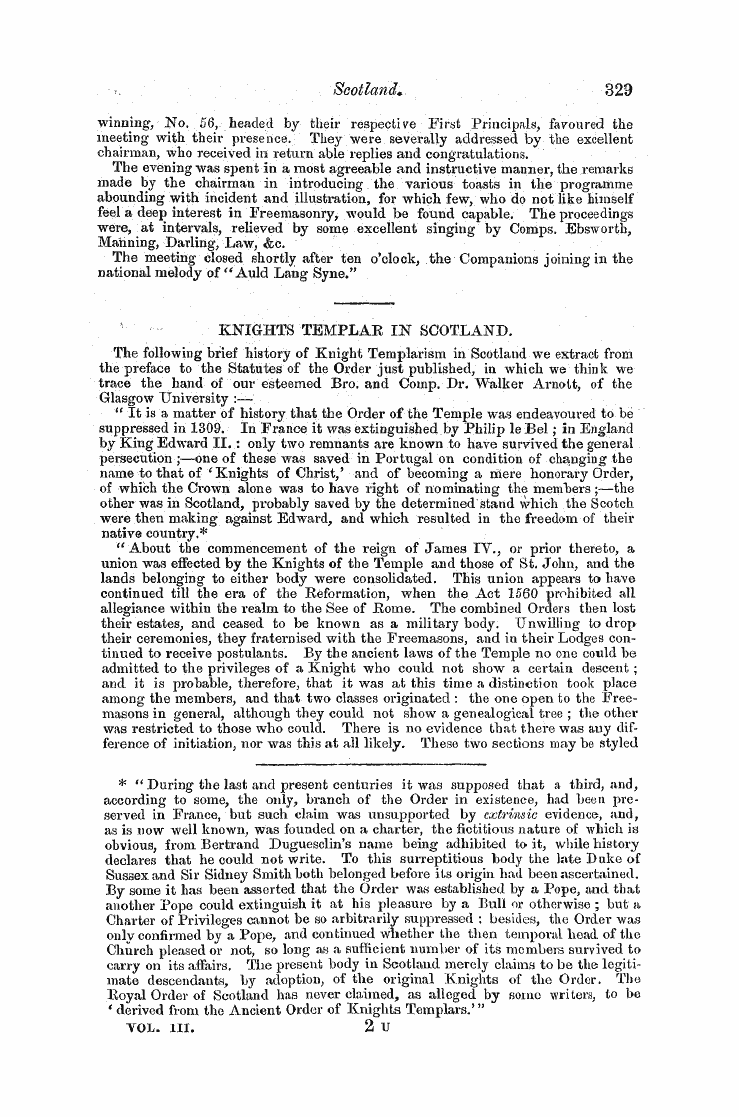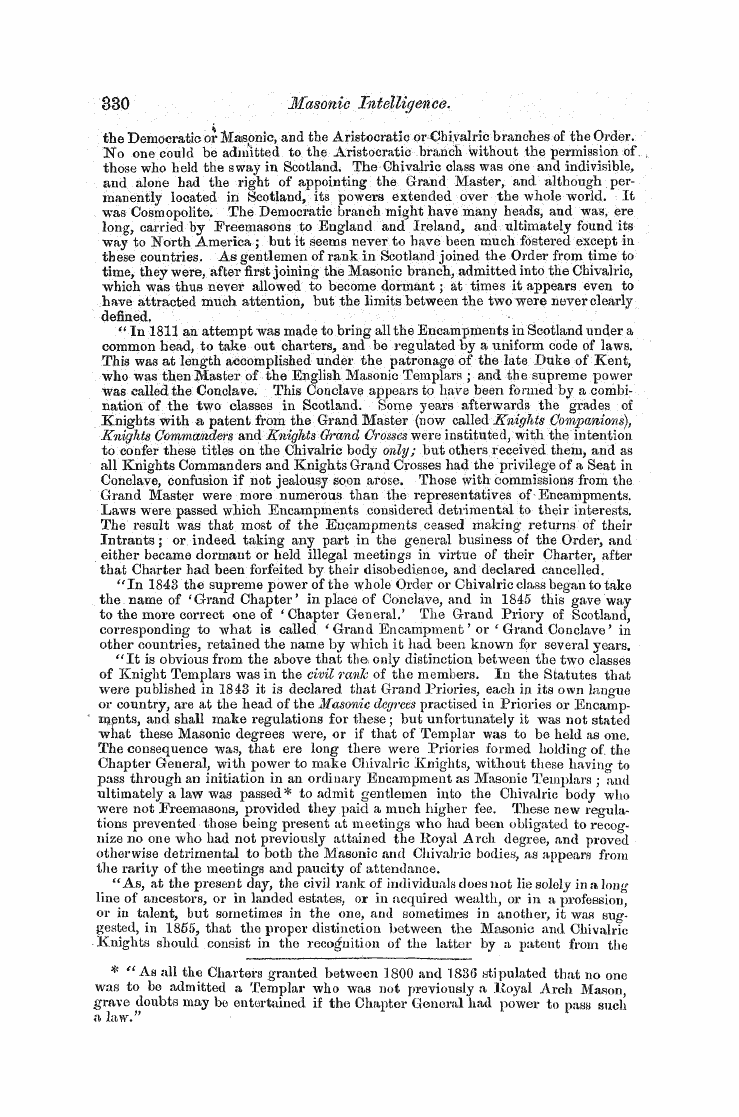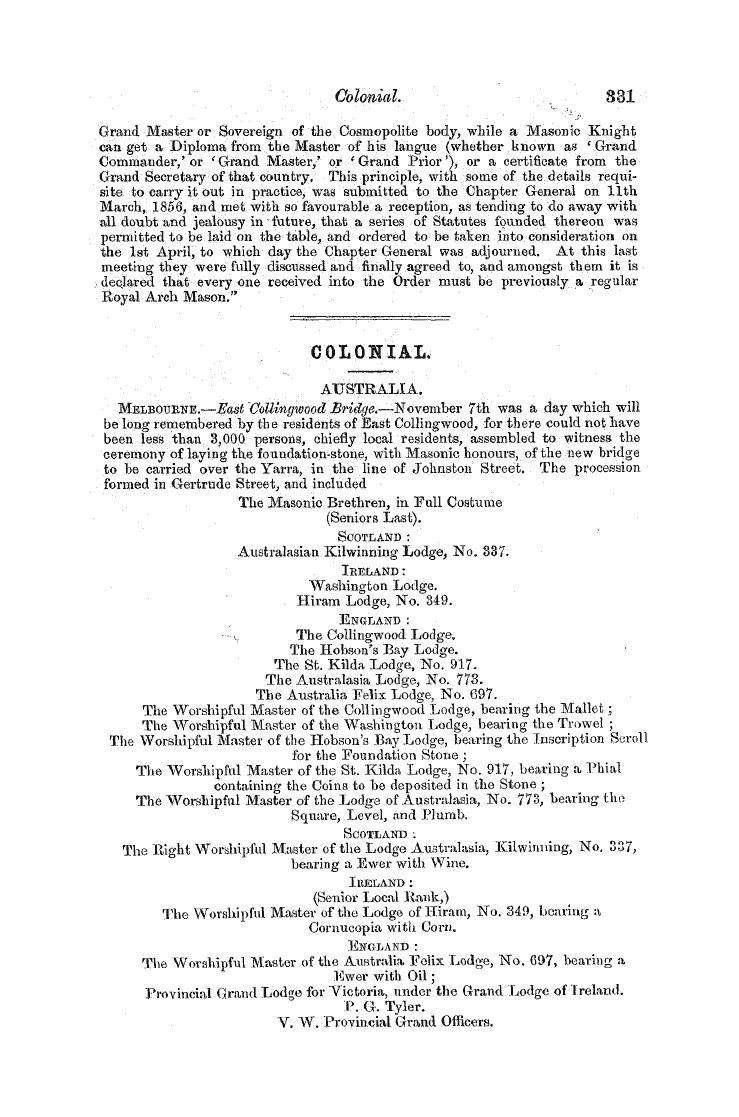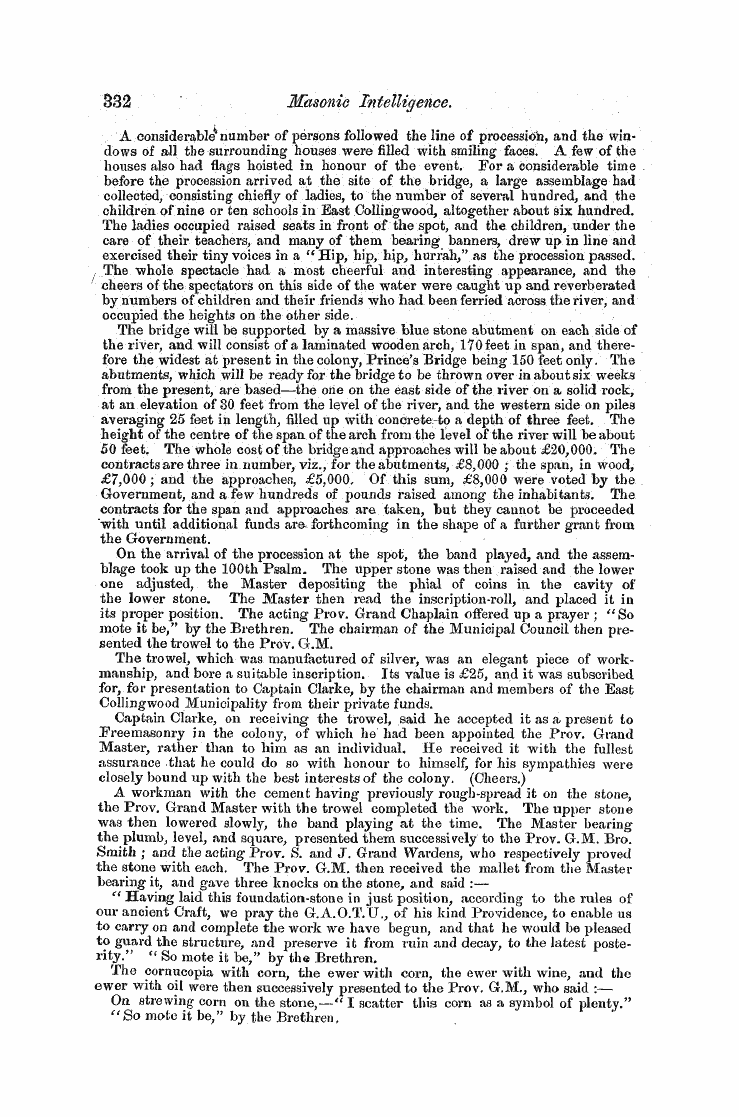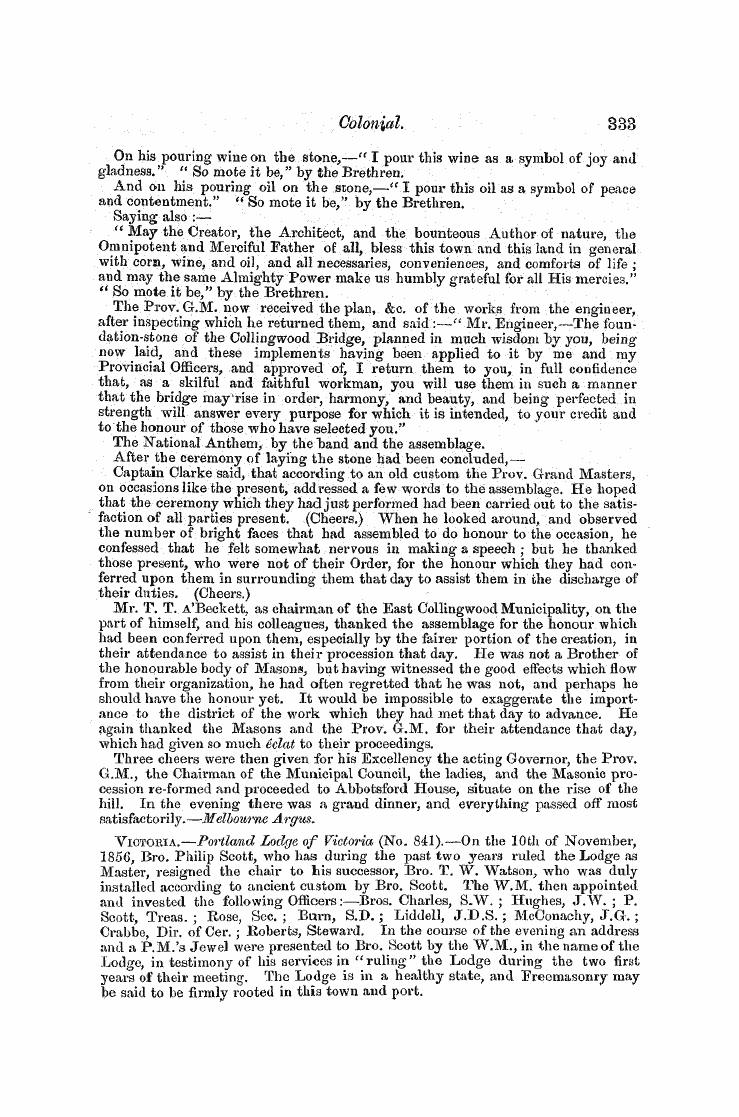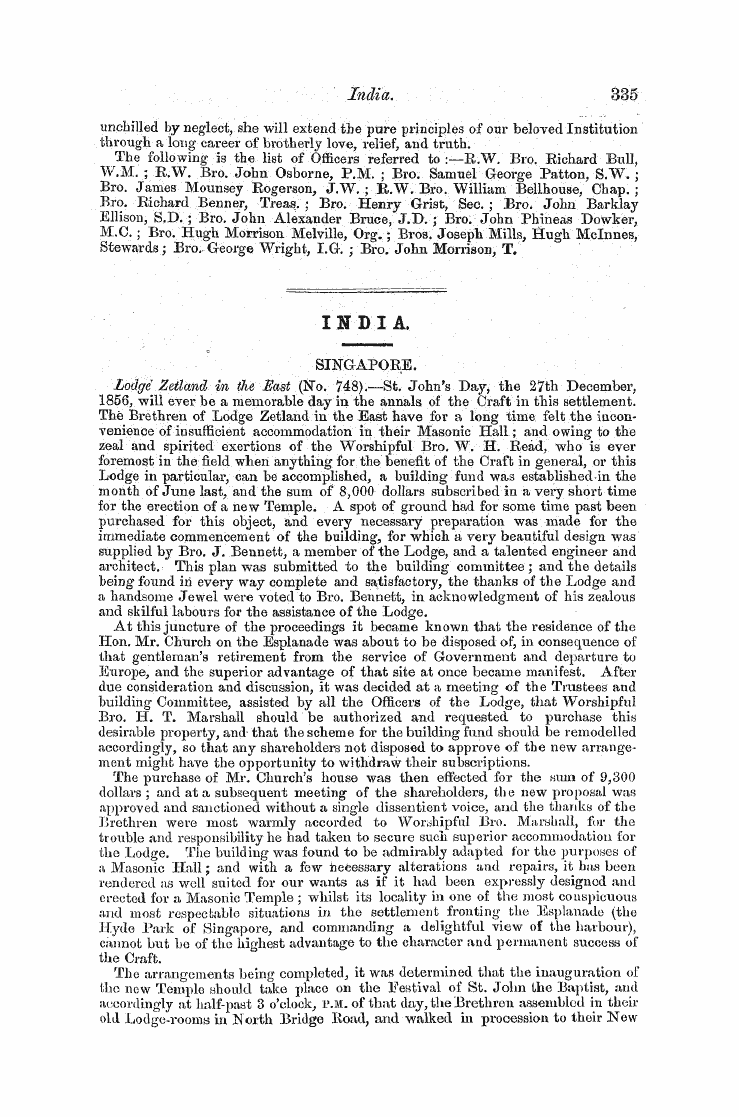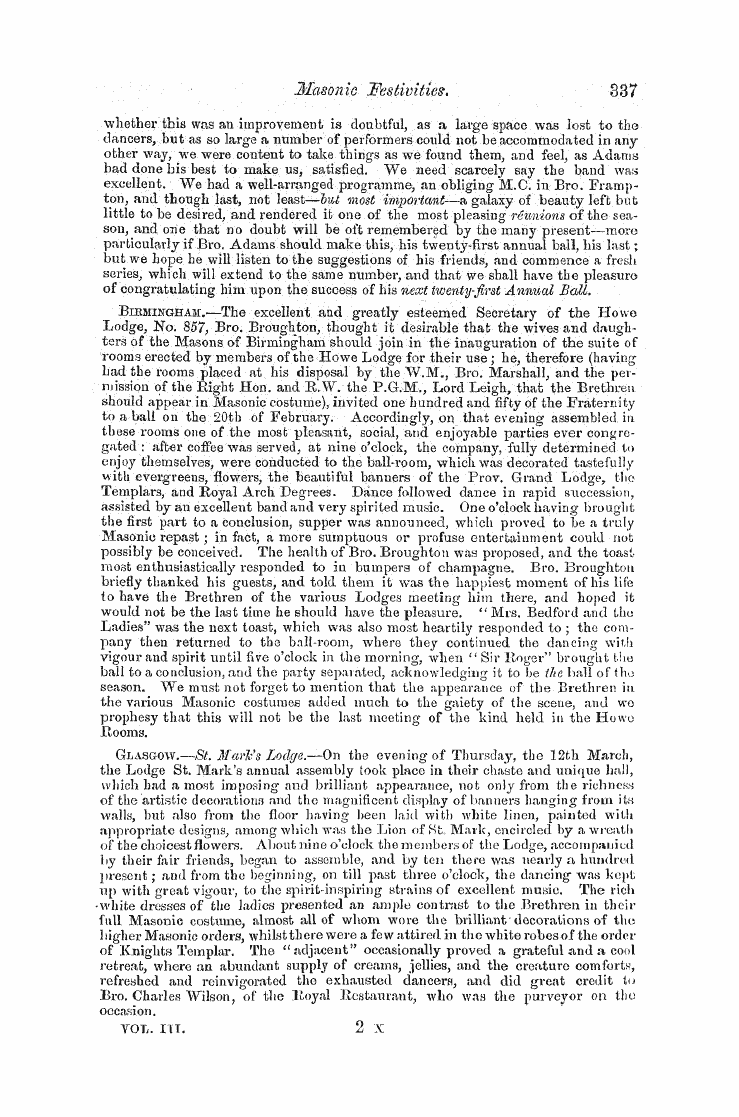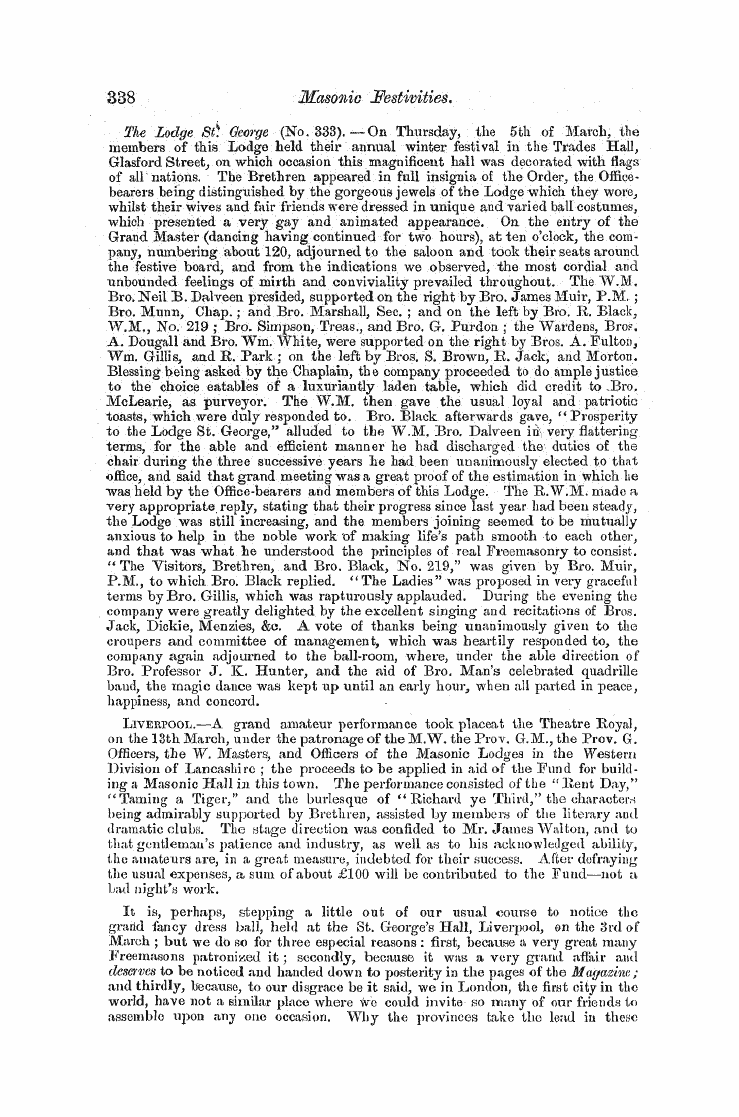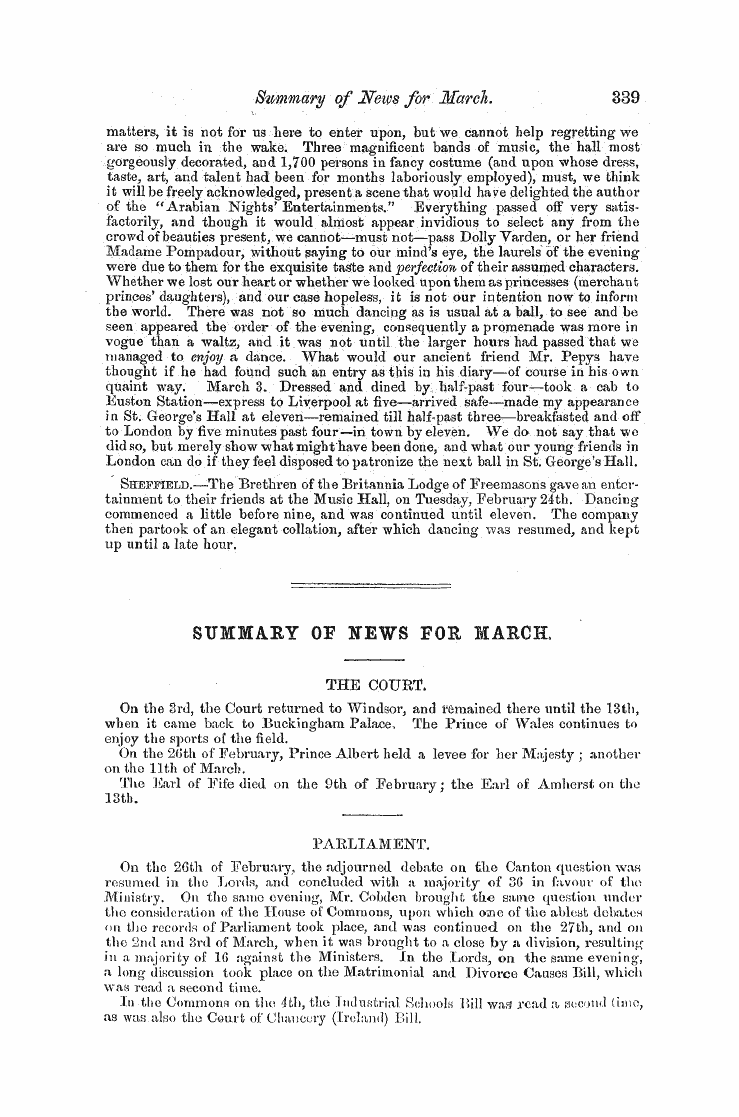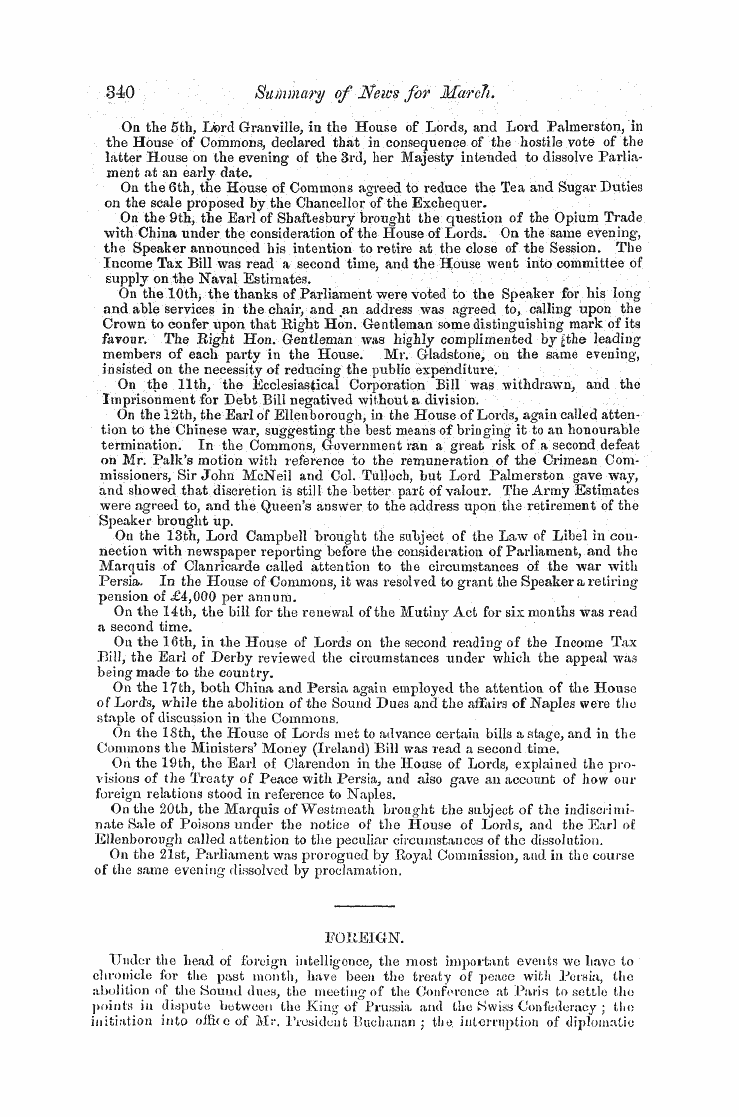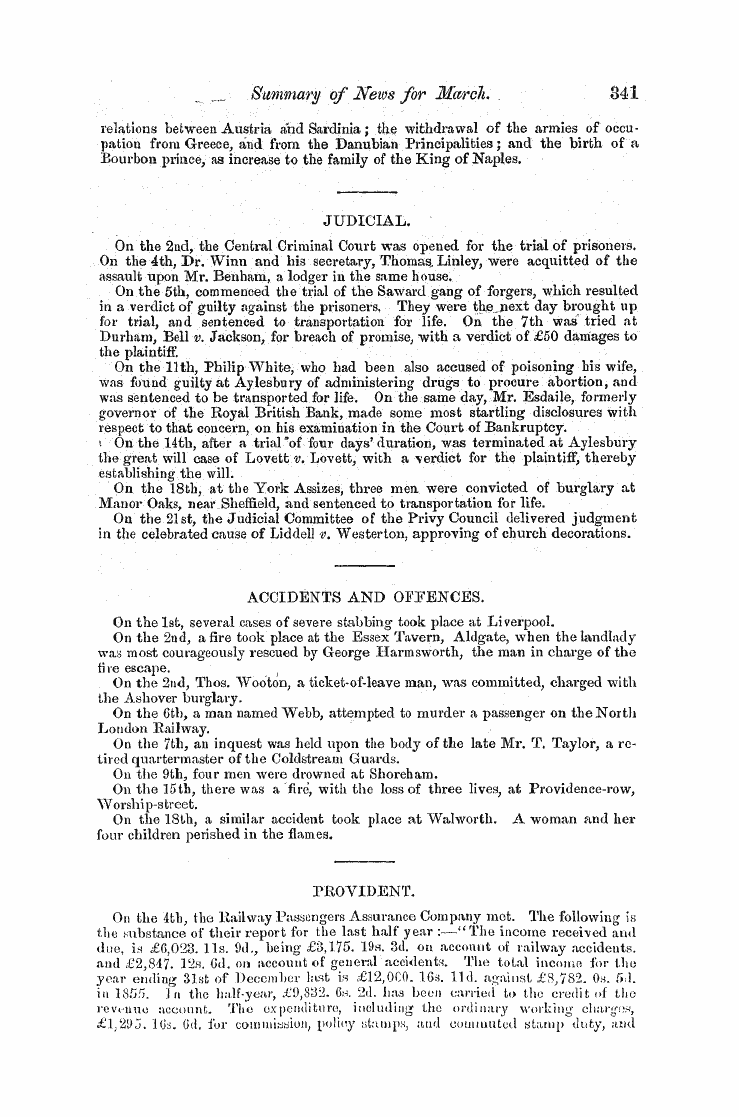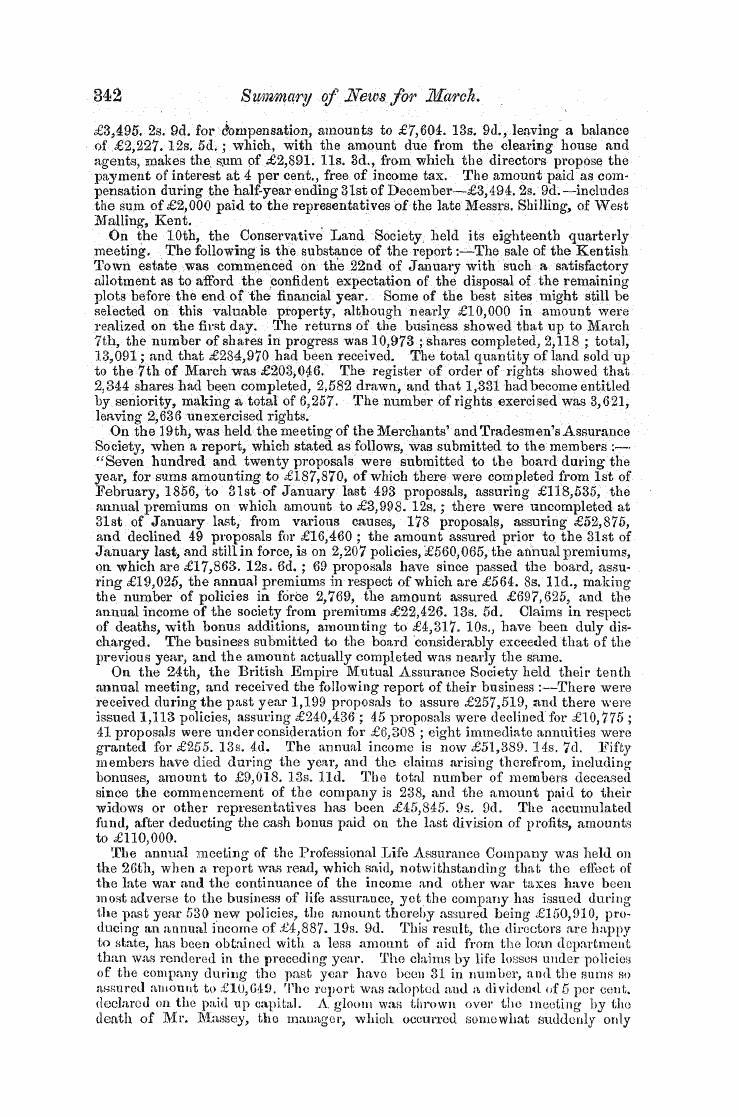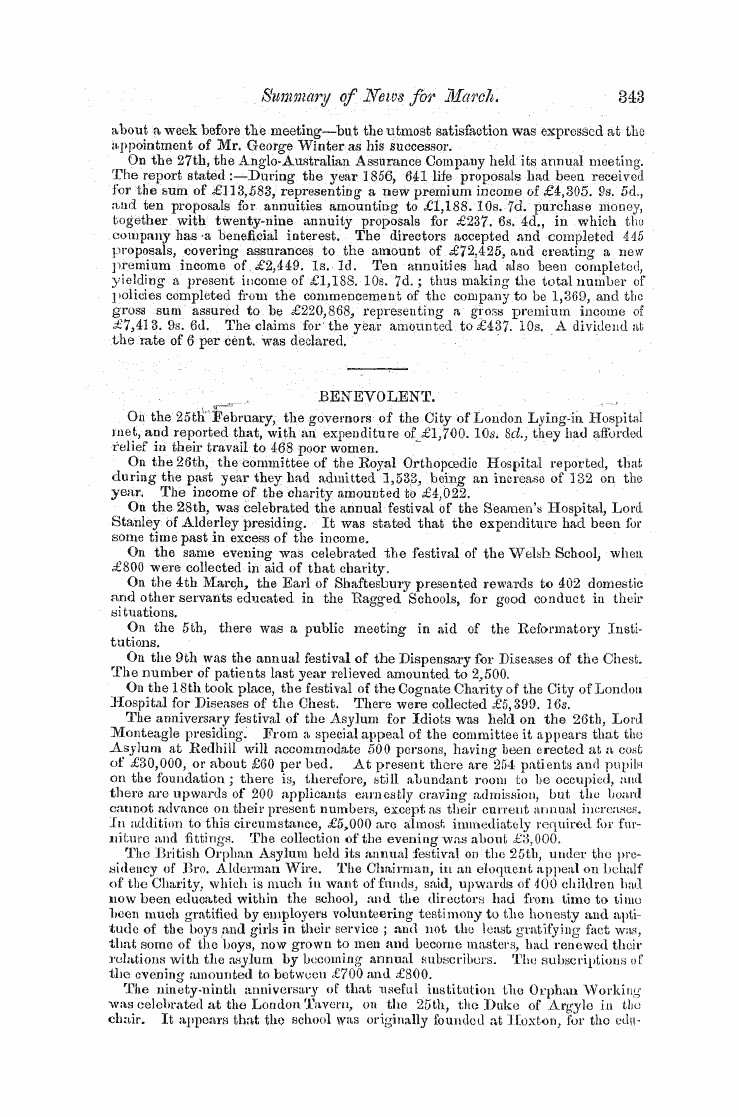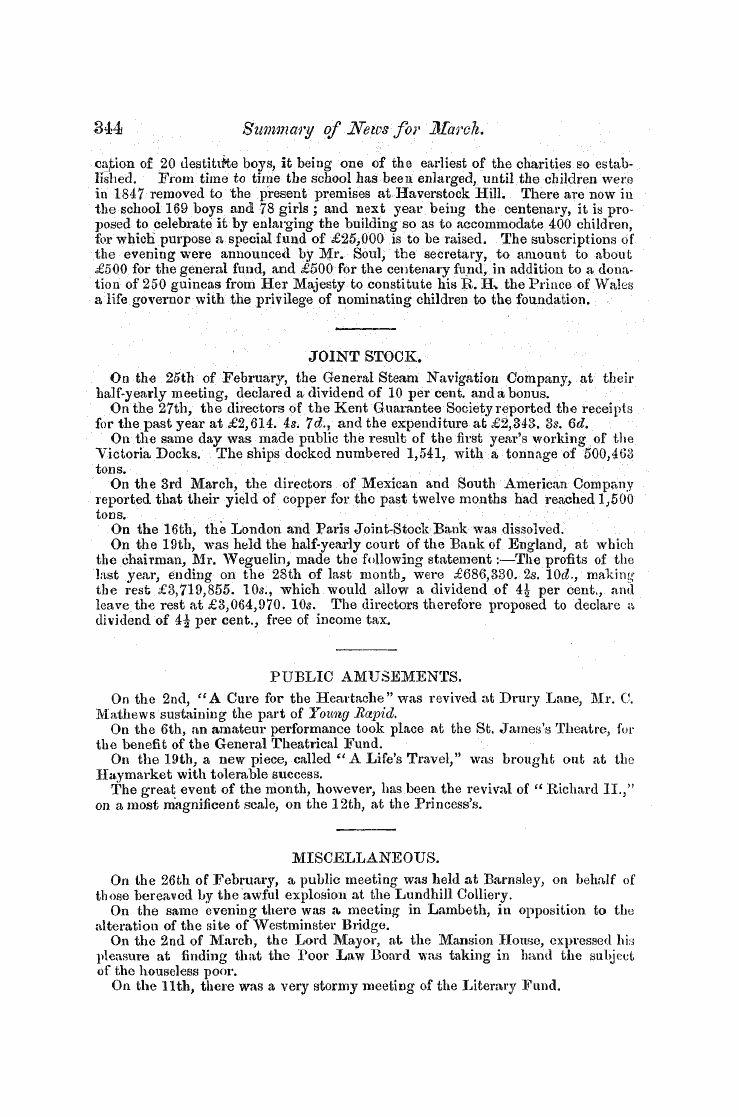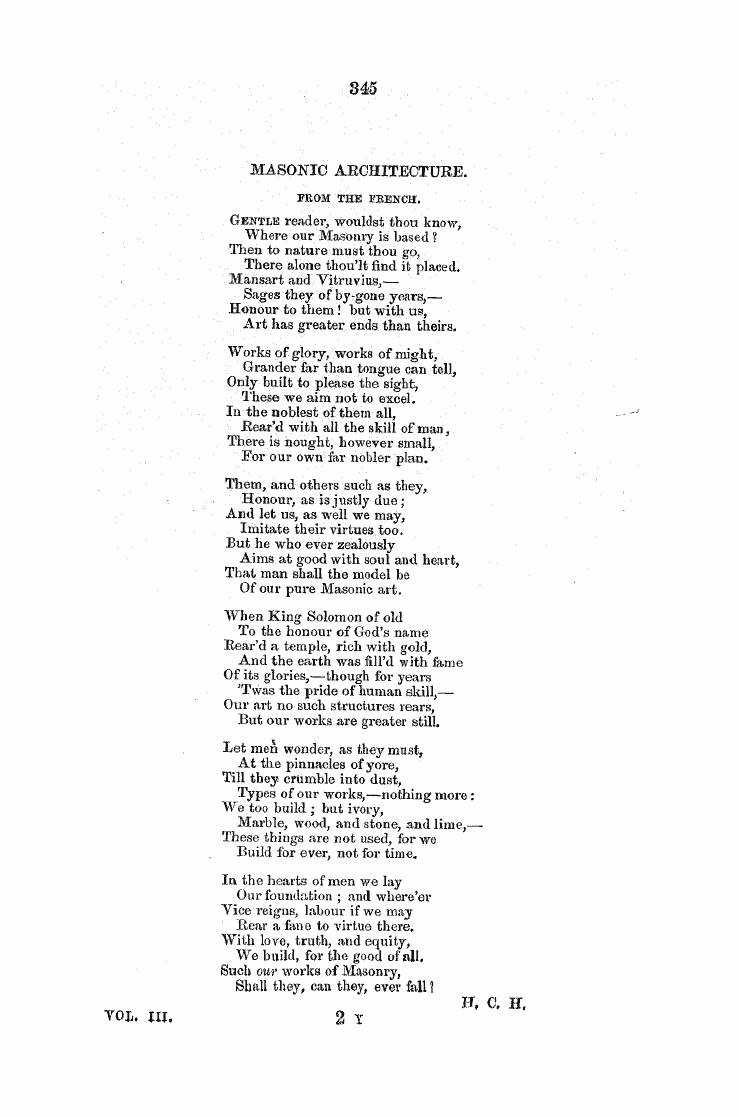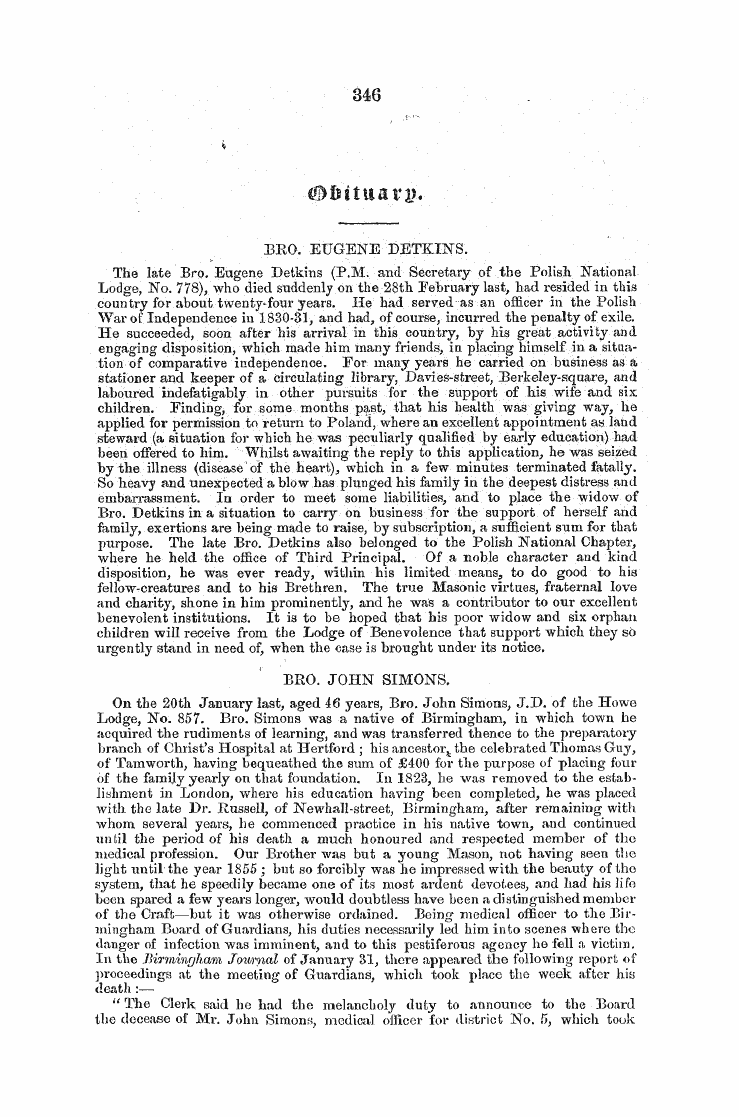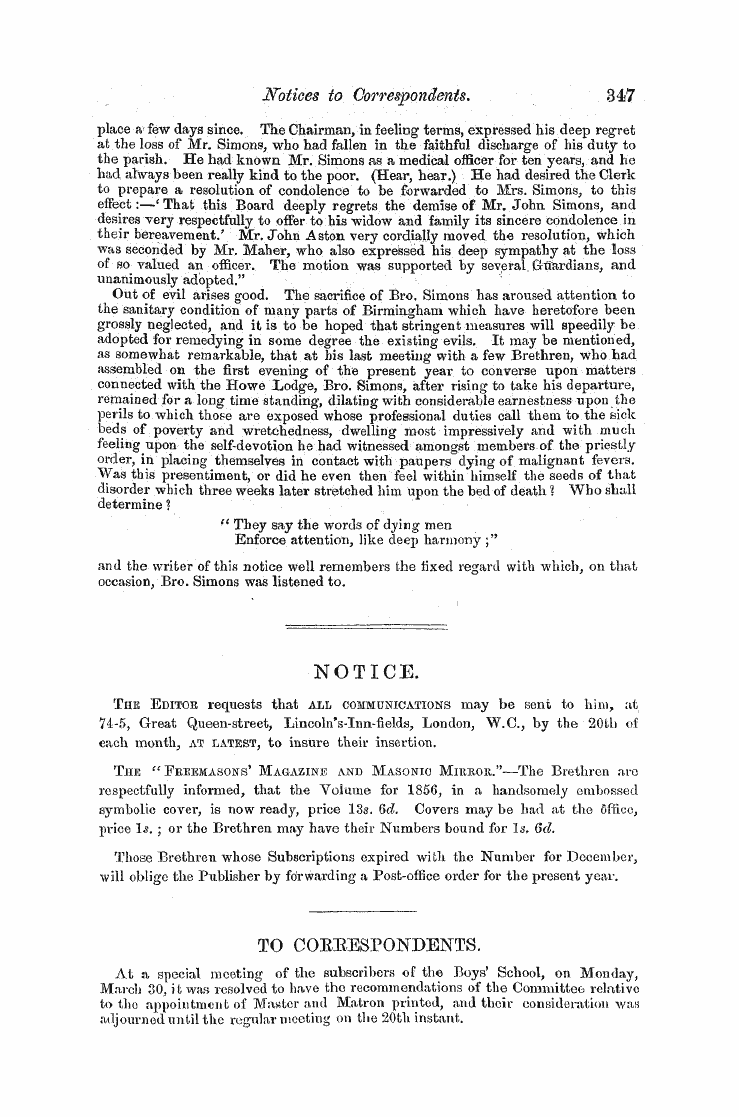Note: This text has been automatically extracted via Optical Character Recognition (OCR) software.
Sgotlamd.
the Democratic or Masonic , and the Aristocratic or Ghivalric branches of the Order . No one could be admitted to the Aristocratic branch Without the permission of those who held the sway in Scotland . The Chi valric class was one and indivisible , and alone had the right of appointing the Grand Master , and although permanently located in Scotland , its powers extended oyer the whole world . It was Cosmopolite . The Democratic branch might have many heads , and was , ere
long , carried by Ereemasohs to England and Ireland , and ultimately found its W ay to North America but it seems never to have been much fostered except in these eountries . As gentlemen of rank in Scotland j oined the Order from time to time , they were , after first joining the Masonic branch , admitted into the Ohivalric , which was thus never allowed to become dormant ; at times it appears even to have attracted much attention , but the limits between the two were never clearly defined .
. ' : '' 1811 an attempt was made to bring all the Encampments in Scotland under a common head , to take out charters , and be regulated by a uniform code of laws . This was at length accomplished under the patronage of the late Duke of Kent , who was then Master of the English Masonic Templars ; and the supreme power was called the Conclave ^ This Conclave appears to hav e been fo rmed by a combination of the two classes in Scotland . Some years afterwards the grades of Knights with a patent from the Grand Master ( now called Knights Companions ) , Knights Commanders and Knights Grand Crosses were instituted , with the intention
to confer these titles on the Chi valric body only ; but others received them , and as all Knights Commanders and Knights Grand Crosses had the privilege of a Seat in Conclave , confusion if not jealousy soon arose / Those with commissions from the Grand Master were more numerous than the representatives of Encampments . Laws were passed which Encampments considered detrimental to their interests . The result was that most of the Encampments ceased making returns of their Intrants ; or indeed taking any part in the general business of the Order , and either became dormant or held illegal meetings in virtue of their Charter , after that Charter had been forfeited by their disobedience , and declared cancelled .
"In 1843 the supreme power of the whole Order or Ohivalric class began to take the name of ' Grand Chapter' in place of Conclave , and in 1845 this gave way to the more correct one of ' Chapter General . ' The Grand Priory of Scotland , corresponding to what is called ' Grand Encampment' or ' Grand Conclave' in other countries , retained the name by which it had been known for several years . "It is obvious from the above that th © only distinction between the two classes
of Knight Templars was in the civil ranh of the members . In the Statutes that were published in 1843 it is declared that Grand Priories , each in its own langue or country , are at the head of the Masonic degrees practised in Priories or Encampments , and shall make regulations for these ; but unfortunately it was not stated what these Masonic degrees were , or if that of Templar was to be held as one . The consequence was , that ere long there were Priories formed holding of the Chapter General , with power to make Ohivalric Knights , without these having to
pass through an initiation m an ordinary Encampment as Masonic Templars ; and ultimately a law was passed * to admit gentlemen into the Ohivalric body who were not Ereemasons , provided they paid a much higher fee . These new regulations prevented those being present at meetings who had been obligated to recognize no one who had not previously attained the Royal Arch , degree , and proved otherwise detrimental to both the Masonic and Ohivalric bodies , as appears from the rarity of the meetings and paucity of attendance .
" As , at the present day , the civil rank of individuals does not lie solely in a long line of ancestors , or in landed estates , or in acquired wealth , or in a profession , or in talent , but sometimes in the one , and sometimes in another , it was suggested , in 1855 , that the proper distinction between the Masonic and Ohivalric Knights should consist in the recognition of the latter by a patent from the
* " As all the Charters granted between 1800 and 1836 stipulated that no one was to be admitted a Templar who was not previously a Koyal Arch Mason , grave doubts may be entertained if the Chapter General had power to pass such "a law .
Note: This text has been automatically extracted via Optical Character Recognition (OCR) software.
Sgotlamd.
the Democratic or Masonic , and the Aristocratic or Ghivalric branches of the Order . No one could be admitted to the Aristocratic branch Without the permission of those who held the sway in Scotland . The Chi valric class was one and indivisible , and alone had the right of appointing the Grand Master , and although permanently located in Scotland , its powers extended oyer the whole world . It was Cosmopolite . The Democratic branch might have many heads , and was , ere
long , carried by Ereemasohs to England and Ireland , and ultimately found its W ay to North America but it seems never to have been much fostered except in these eountries . As gentlemen of rank in Scotland j oined the Order from time to time , they were , after first joining the Masonic branch , admitted into the Ohivalric , which was thus never allowed to become dormant ; at times it appears even to have attracted much attention , but the limits between the two were never clearly defined .
. ' : '' 1811 an attempt was made to bring all the Encampments in Scotland under a common head , to take out charters , and be regulated by a uniform code of laws . This was at length accomplished under the patronage of the late Duke of Kent , who was then Master of the English Masonic Templars ; and the supreme power was called the Conclave ^ This Conclave appears to hav e been fo rmed by a combination of the two classes in Scotland . Some years afterwards the grades of Knights with a patent from the Grand Master ( now called Knights Companions ) , Knights Commanders and Knights Grand Crosses were instituted , with the intention
to confer these titles on the Chi valric body only ; but others received them , and as all Knights Commanders and Knights Grand Crosses had the privilege of a Seat in Conclave , confusion if not jealousy soon arose / Those with commissions from the Grand Master were more numerous than the representatives of Encampments . Laws were passed which Encampments considered detrimental to their interests . The result was that most of the Encampments ceased making returns of their Intrants ; or indeed taking any part in the general business of the Order , and either became dormant or held illegal meetings in virtue of their Charter , after that Charter had been forfeited by their disobedience , and declared cancelled .
"In 1843 the supreme power of the whole Order or Ohivalric class began to take the name of ' Grand Chapter' in place of Conclave , and in 1845 this gave way to the more correct one of ' Chapter General . ' The Grand Priory of Scotland , corresponding to what is called ' Grand Encampment' or ' Grand Conclave' in other countries , retained the name by which it had been known for several years . "It is obvious from the above that th © only distinction between the two classes
of Knight Templars was in the civil ranh of the members . In the Statutes that were published in 1843 it is declared that Grand Priories , each in its own langue or country , are at the head of the Masonic degrees practised in Priories or Encampments , and shall make regulations for these ; but unfortunately it was not stated what these Masonic degrees were , or if that of Templar was to be held as one . The consequence was , that ere long there were Priories formed holding of the Chapter General , with power to make Ohivalric Knights , without these having to
pass through an initiation m an ordinary Encampment as Masonic Templars ; and ultimately a law was passed * to admit gentlemen into the Ohivalric body who were not Ereemasons , provided they paid a much higher fee . These new regulations prevented those being present at meetings who had been obligated to recognize no one who had not previously attained the Royal Arch , degree , and proved otherwise detrimental to both the Masonic and Ohivalric bodies , as appears from the rarity of the meetings and paucity of attendance .
" As , at the present day , the civil rank of individuals does not lie solely in a long line of ancestors , or in landed estates , or in acquired wealth , or in a profession , or in talent , but sometimes in the one , and sometimes in another , it was suggested , in 1855 , that the proper distinction between the Masonic and Ohivalric Knights should consist in the recognition of the latter by a patent from the
* " As all the Charters granted between 1800 and 1836 stipulated that no one was to be admitted a Templar who was not previously a Koyal Arch Mason , grave doubts may be entertained if the Chapter General had power to pass such "a law .































































